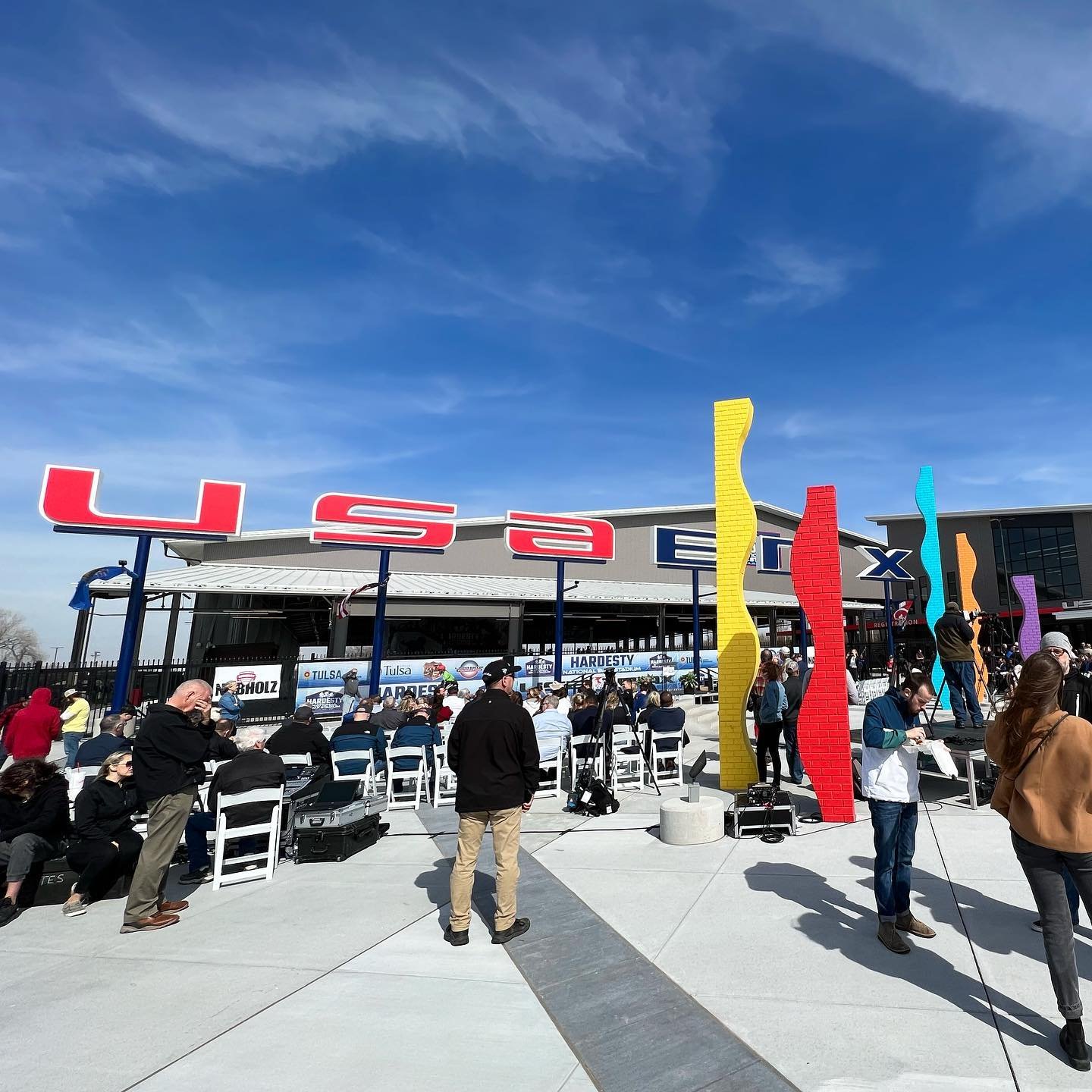
Landmarks

JONESPLAN has been honored to engage in projects of profound importance to the community and the broader public, due to their cultural significance. Our renown for meticulous construction, extensive portfolio, and a deeply esteemed teamwork ethos, combined with the relationships cultivated within our communities, have culminated in numerous ventures that demand not only a skillful team but an understanding of the cultural import of the undertaking itself.
Among our endeavors, we proudly highlight the landscape development at John Hope Franklin Reconciliation Park in downtown Tulsa, Oklahoma — a site commemorated as a National Literary Landmark. This park serves as a memorial to the tragic Tulsa Race Massacre of 1921. JONESPLAN was also a team member who helped create Pathway to Hope, an initiative that reunites segments of the Greenwood District severed during the displacement of citizens and enterprises in Black Wall Street. These projects transcend mere visual allure and the practical utility of urban spaces; they carry profound meaning. Our association with their realization is a source of great pride.
Our extensive experience in outdoor construction has provided us with the opportunity to collaborate on the construction, relocation, and enhancement of both new and pre-existing artistic sculptures. For instance, at a groundbreaking BMX Headquarters, our collaboration with a sculptor enabled the materialization of an ambitious and uniquely shaped concrete installation. We conceptualized its complicated construction, managed its intricate engineering, and executed the project impeccably, resulting in an award-winning installation. Similarly, we reimagined a conventional traffic island into a sculptural grassland, graced by a mother and her children journeying to the Indian Health Care Resource Center — a tribute to Indigenous heritage.
Apart from these innovative sculptures, JONESPLAN has partnered with local municipalities, private sculpture proprietors, and artists themselves to craft fresh settings and exhibitions for existing art pieces. Our clientele places faith in our ability to honor their significant works with precision and sensitivity. They've entrusted us to establish new foundations, amplify them with innovative landscaping and lighting, and integrate commemorative signage and amenities.
Every iconic project is approached with profound respect for its significance and cultural resonance. Our role encompasses not just installation and embellishment, but a commitment to realizing a space that creates an enduring impression. Through collaborative ingenuity, we forge spaces that stand as testaments to cultural heritage.


Projects of Note





